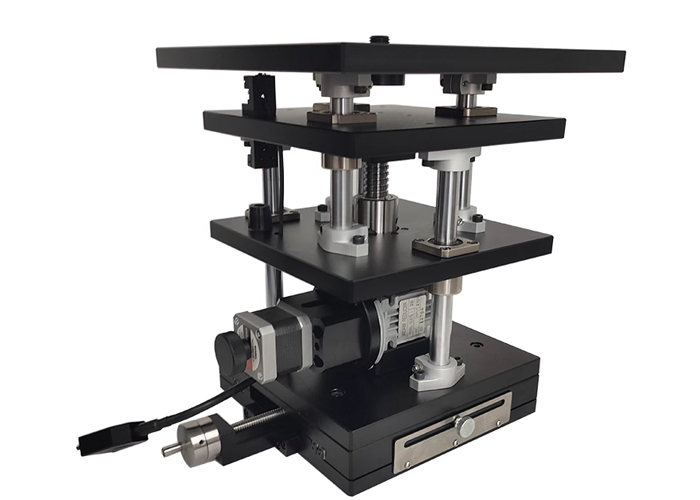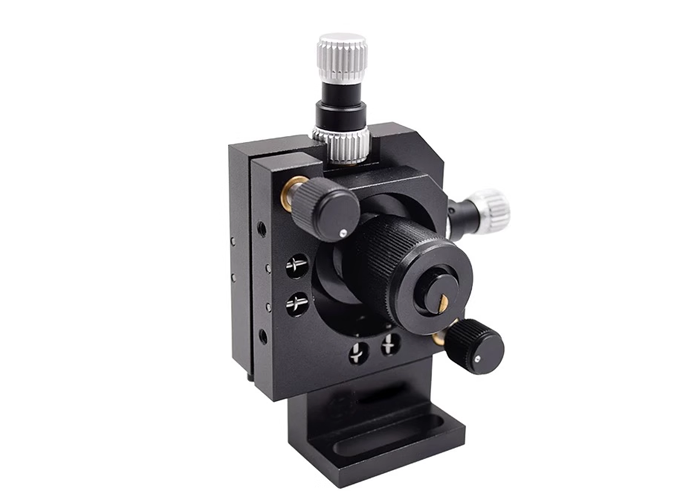How inverted microscopes work
Pulished on Jan. 15, 2025
The composition of the inverted microscope is the same as that of the ordinary microscope, except that the objective lens and the illumination system are reversed, the former is under the stage, and the latter is above the stage, which is used to observe the living cells in culture. Inverted microscopes and magnifying glasses perform the same function, that is, to form a magnified image of a small object close by for the human eye to observe. It's just that a microscope can have a higher magnification than a magnifying glass. So that people can more easily observe some of the small microorganisms.
When the same kind of light passes through the cell, the light passing through the cell and the light not passing through the cell can produce a phase difference due to the different refractive index of light in different parts of the cell. The amplitude of the resultant light decreases and the image of the object darkens. If the phase is the same, the amplitude of the resultant light increases, the image becomes brighter, and an image with different light and dark can be produced. The inverted microscope can not be cleaned with organic solution on the surface of other parts, especially plastic parts, which can be cleaned with a soft cloth dipped in a small amount of neutral detergent.
In order to prevent dust from entering the tube or lens surface during the interval of operation of the inverted microscope instrument, the eyepiece can be left on the tube, or covered with a dust plug, or the instrument can be covered with a dust cover. The advantage of this is to resist the pouring of some bacteria and ensure the cleanliness of the instrument. The assembly design of the inverted microscope tends to adopt a combination method, which integrates the ordinary light mirror with phase contrast, fluorescence, dark field of view and photography device, so that the operation is flexible and easy to use. It is conducive to the preparation and collection of specimens.












